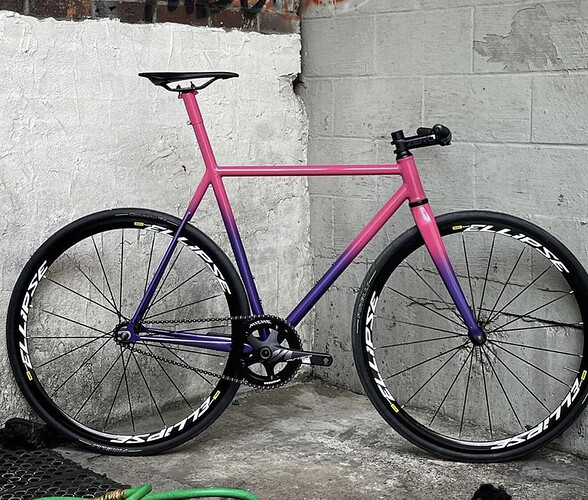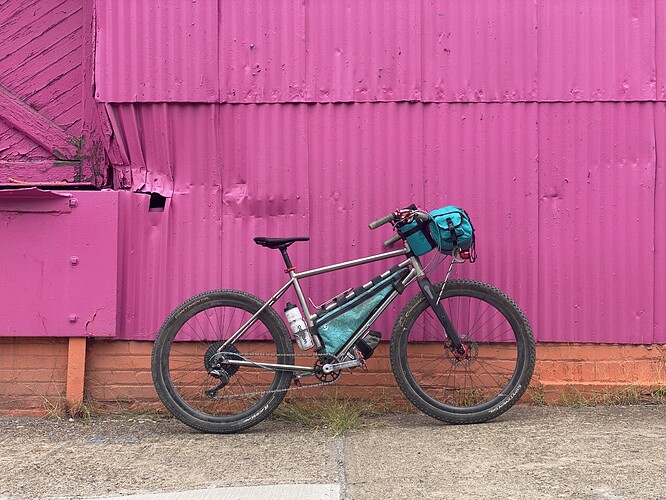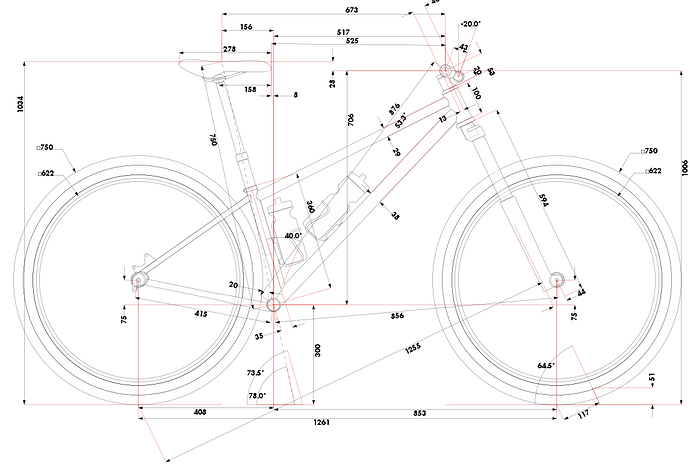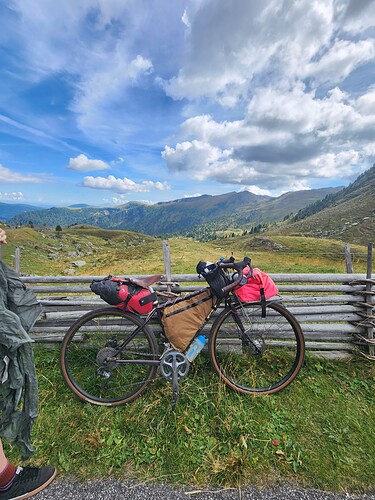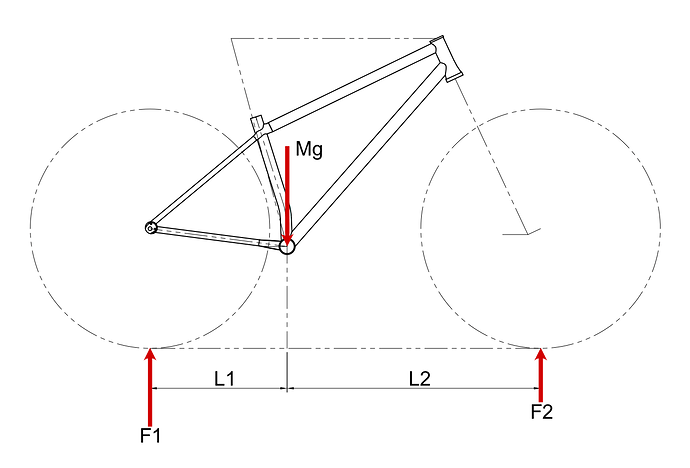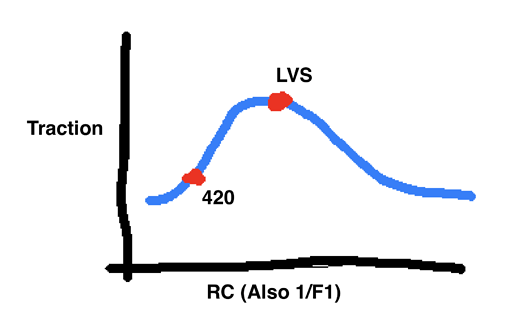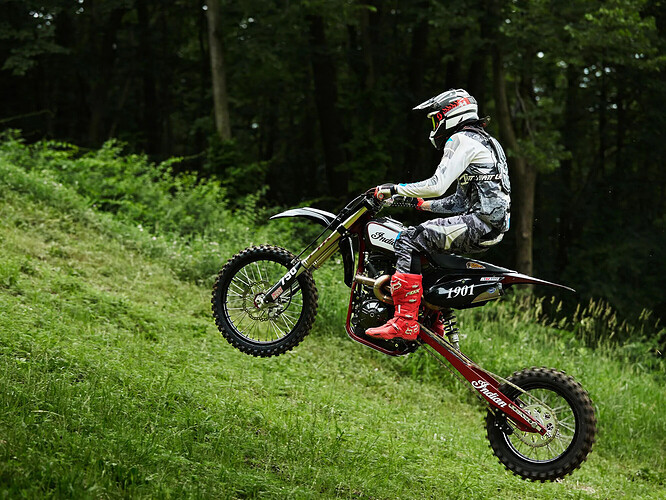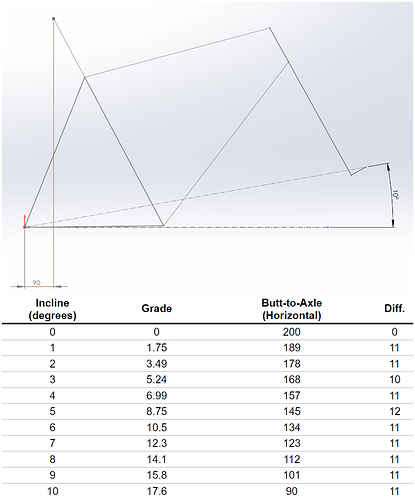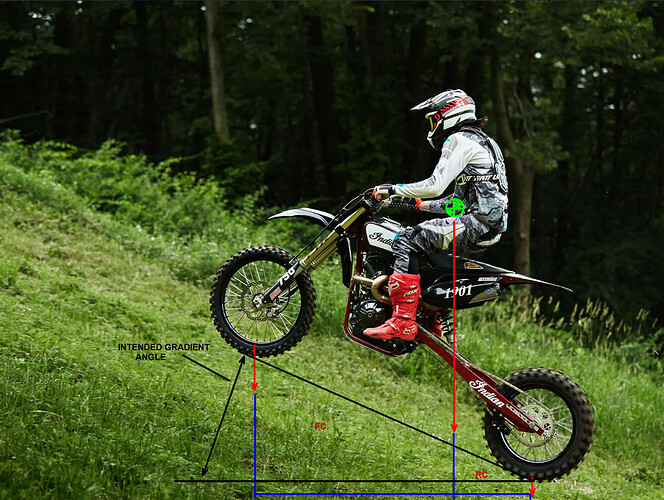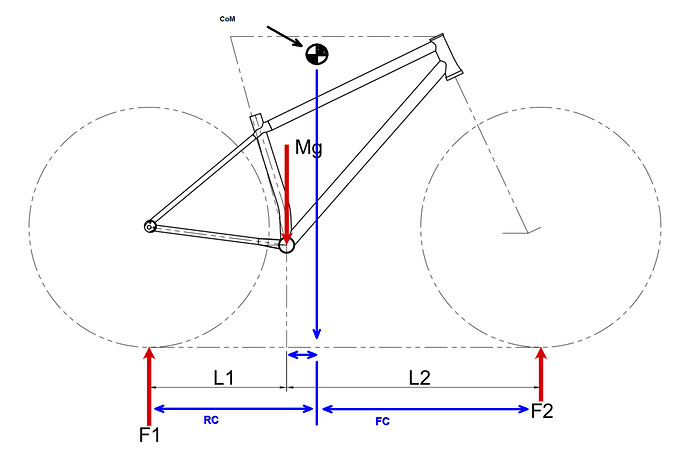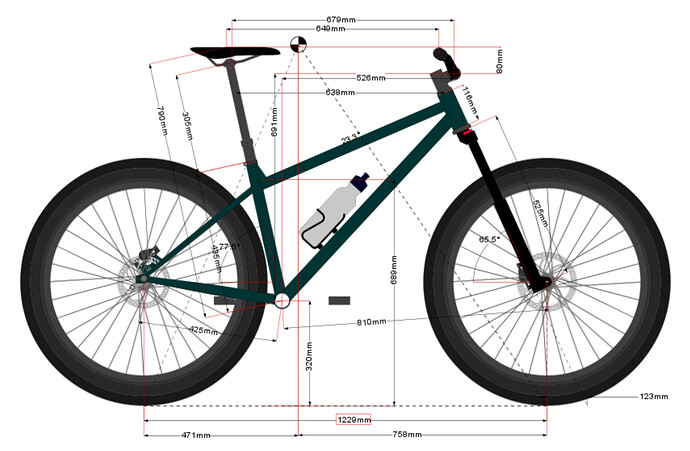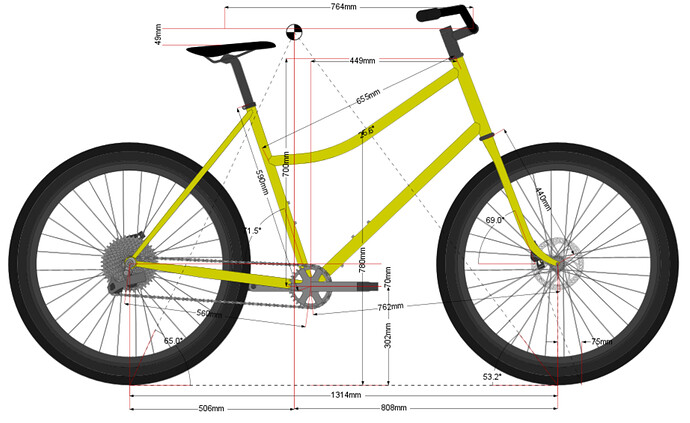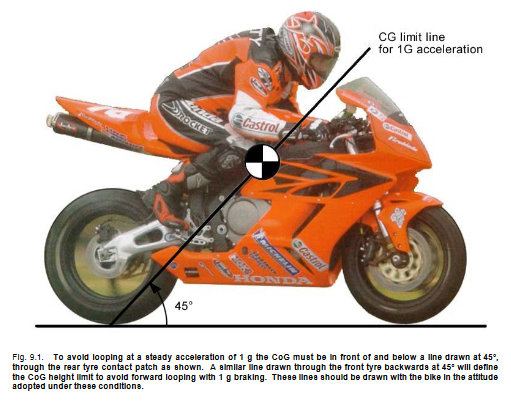Inspired by this digression (cc @sunshine.fab), I thought it’d be interesting to start a topic on everyone’s favorite frame dimension - chainstay length ![]()
After building and riding enough personal bikes I feel like I have a pretty good grasp on how it impacts the handling/feel of a bike frame. For the record, here’s what I currently ride:
- Road bike - 405mm
- CX bike - 420mm
- Hardtail MTB - 420mm
- All-Road/Commuter - 450mm
- Mountain touring bike - 515mm
The biggest impact of chainstay length is its impact on the front-center:rear-center ratio and the overall bike wheelbase which affects the handling performance of the bike. All else being equal, longer stays means more weight on the front wheel and a longer wheelbase, which is more stable. Additionally, longer chainstays tend to flex a bit more given similar material and shape.
Through my experiences, I’ve found that bikes with longer stays tend to favor seated climbing (sit & spin) while shorter stays play nicer with standing to pedal (mash). I’ve also found shorter and stiffer stays to feel much more responsive sprinting at a higher cadence, but longer stay bikes feel more comfortable torquing up hills at a lower cadence.
I do think that size-specific chainstay lengths should be more common. Quite often, the rear-center of a frame design will stay constant while the front-center increases dramatically over the size range. This leads to smaller riders getting a more front-biased weight distribution and taller riders getting a bit more rear-biased. As a broad generalization, having more weight over the front leads to a more stable ride so this could dramatically impact the handling experience.
I’d love to hear other folks’ experinces with chainstay length on their personal frames and what trends you’re seeing in the industry!

